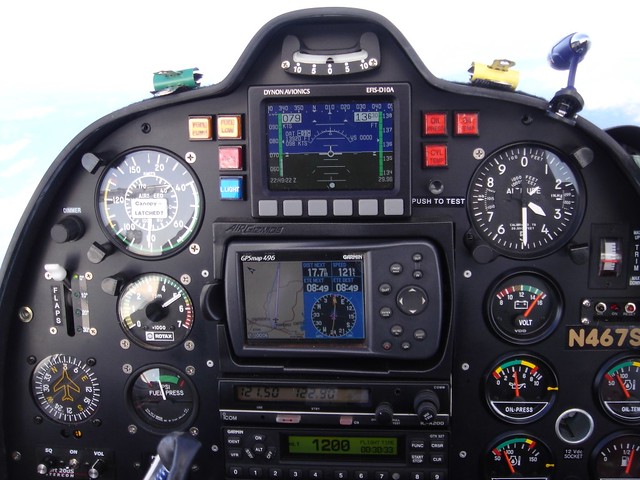rene86mx
Pre-takeoff checklist
- Joined
- Mar 13, 2015
- Messages
- 198
- Display Name
Display name:
rene86mx
Hi,
I'm considering a light sport for the future but are a little concerned on my field's typical DA (even on the winter)
Do you think a Jabiru 250 with the 3300 or a CTSW would work for me?
My mission: just me and my wife (around 300 pounds) Typical 2-hour legs or 300-400 NM x-countries
Thanks
I'm considering a light sport for the future but are a little concerned on my field's typical DA (even on the winter)
Do you think a Jabiru 250 with the 3300 or a CTSW would work for me?
My mission: just me and my wife (around 300 pounds) Typical 2-hour legs or 300-400 NM x-countries
Thanks


